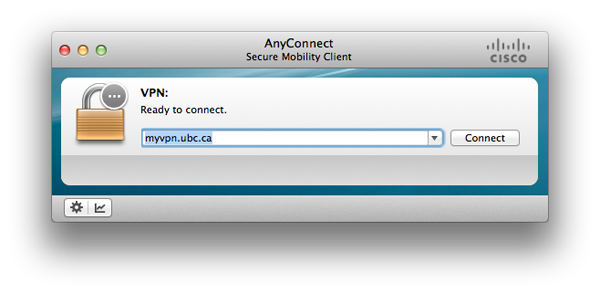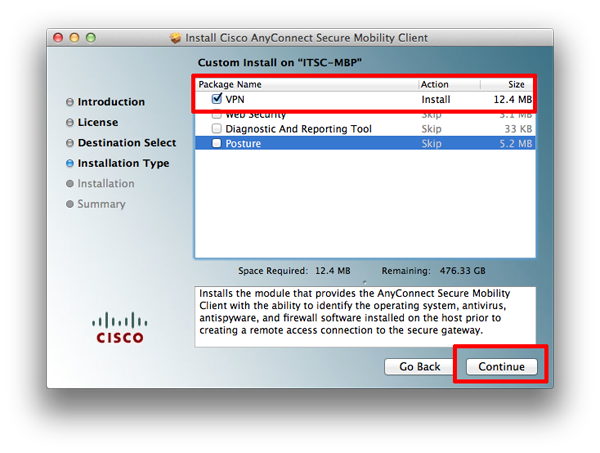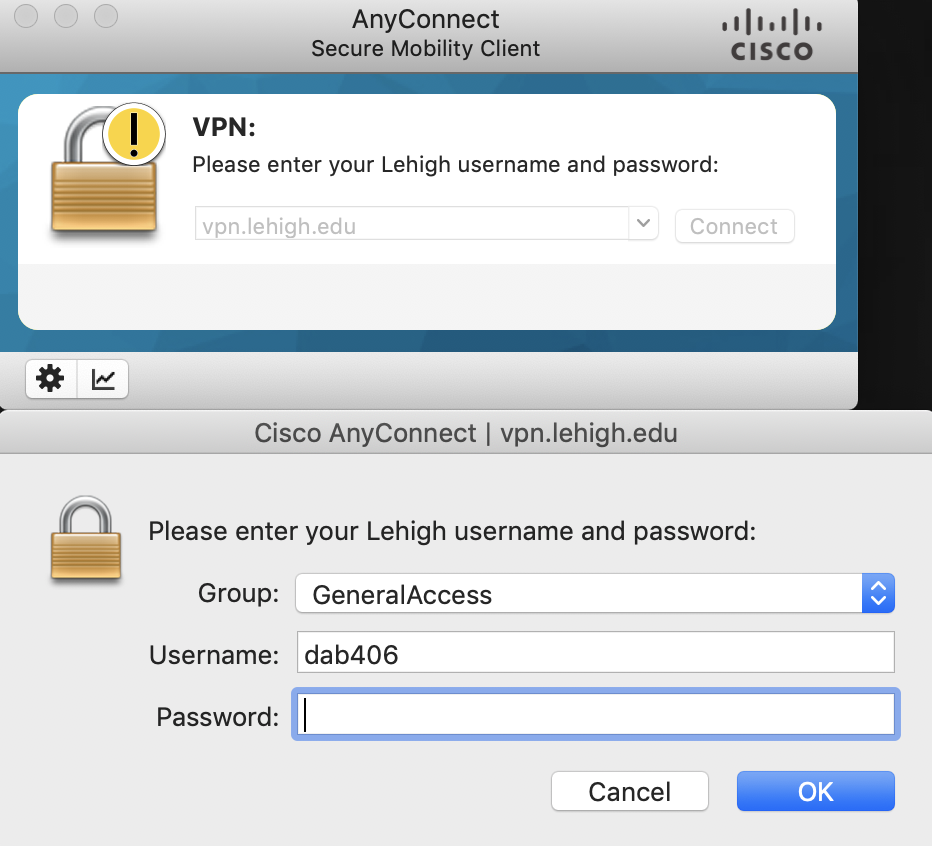


About the An圜onnect System ExtensionĪn圜onnect uses a network system extension on macOS 11, bundled into an application named Cisco An圜onnect Socket Filter. The An圜onnect kernel extension is installed on macOS 11 solely for this purpose, it is no longer used by default. The advisory also details the steps for failing over to the An圜onnect kernel extension, as last-resort workaround in case a critical system extension (or related OS framework) issue is encountered. There are important changes in approving the An圜onnect system extension, as detailed in the next section. This advisory describes changes introduced in the new An圜onnect version and the steps administrators can take to confirm An圜onnect is operating correctly on macOS 11. This is the minimum version required to run An圜onnect on macOS 11. This differs from past An圜onnect versions, which rely on the now-deprecated Kernel Extension framework.


8įigure 10 - Extension deactivation prompt 9Īn圜onnect 4.9.04xxx leverages the System Extension framework available in macOS 11 (Big Sur). Sample MDM Configuration Profile for An圜onnect System and Kernel Extension Approval 10įigure 2 - App/Transparent proxy component 3įigure 4 - Extension blocked - OS prompt 5įigure 5 - Extension blocked - An圜onnect prompt 5įigure 6 - An圜onnect extension approval 6įigure 7 - An圜onnect extension approval (multiple unapproved extensions) 7įigure 8 - An圜onnect extension's content filter approval 7įigure 9 - An圜onnect extension approval confirmation. 9Ĥ.1 Kernel Extension Approval using MDM. Last-resort Workaround: Failover to Kernel Extension. 4ģ.3 Confirming An圜onnect Extension Approval 8ģ.4 An圜onnect Extension Deactivation. Approving the An圜onnect System Extension. In macOS Terminal, check if you have An圜onnect files and a profile under /opt folder.An圜onnect Changes Related to macOS 11 (Big Sur)Ģ. If your Mac is managed by Corporate MDM, you may need to get permissions to allow the installation. See requirements for macOS Big Sur and An圜onnect. However, the translation process takes time, so users might perceive that translated apps launch or run more slowly at times." When translation finishes, the system launches the translated executable in place of the original. If an executable contains only Intel instructions, macOS automatically launches Rosetta and begins the translation process. To the user, Rosetta is mostly transparent. It is not a substitute for creating a native version of your app. Rosetta is meant to ease the transition to Apple silicon, giving you time to create a universal binary for your app. "Rosetta is a translation process that allows users to run apps that contain x86_64 instructions on Apple silicon.


 0 kommentar(er)
0 kommentar(er)
